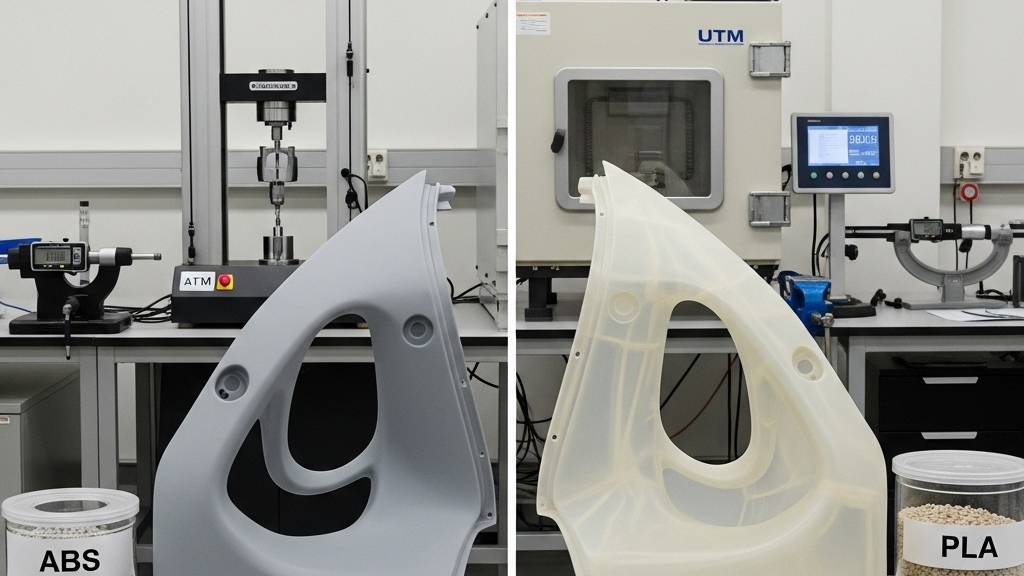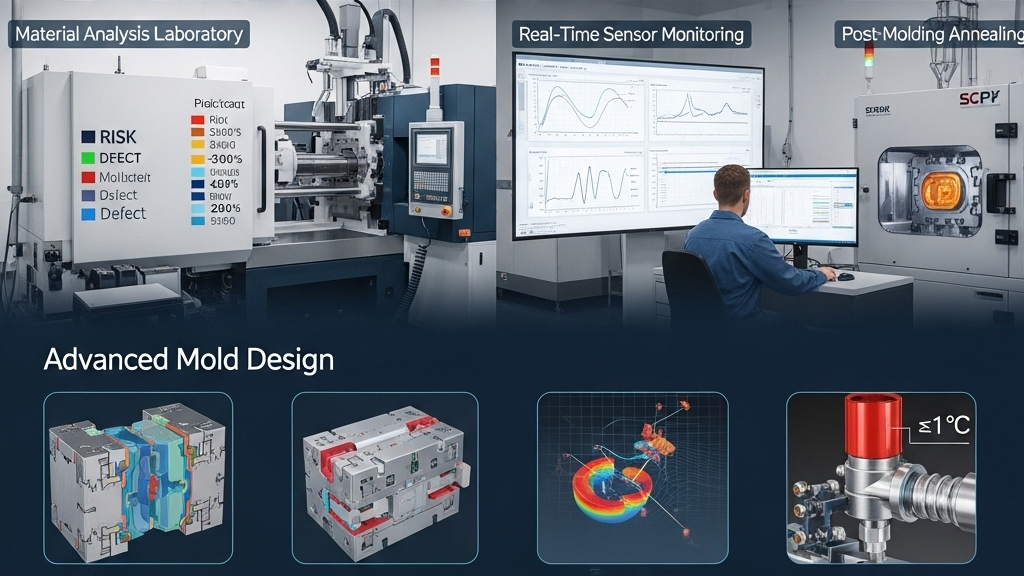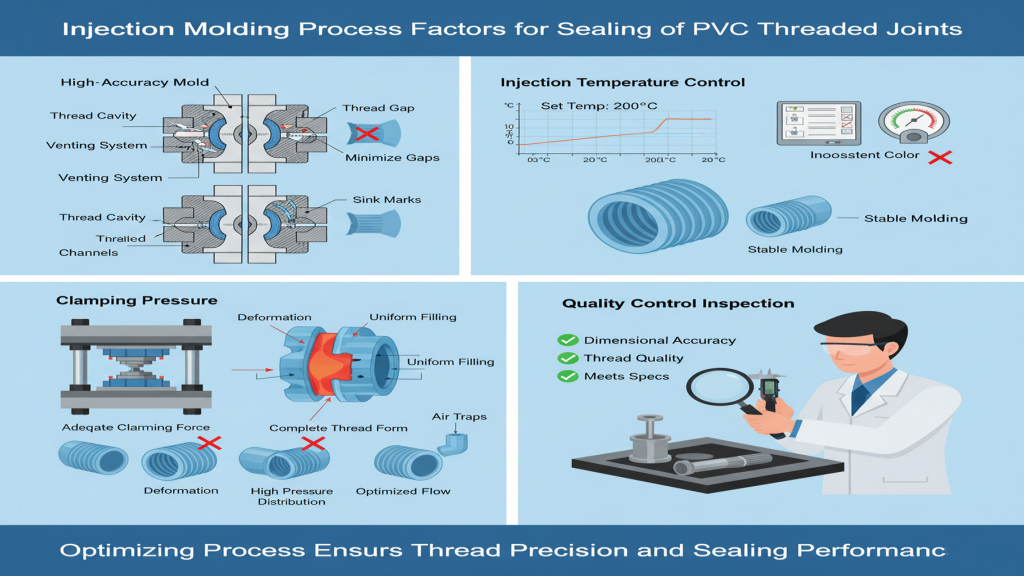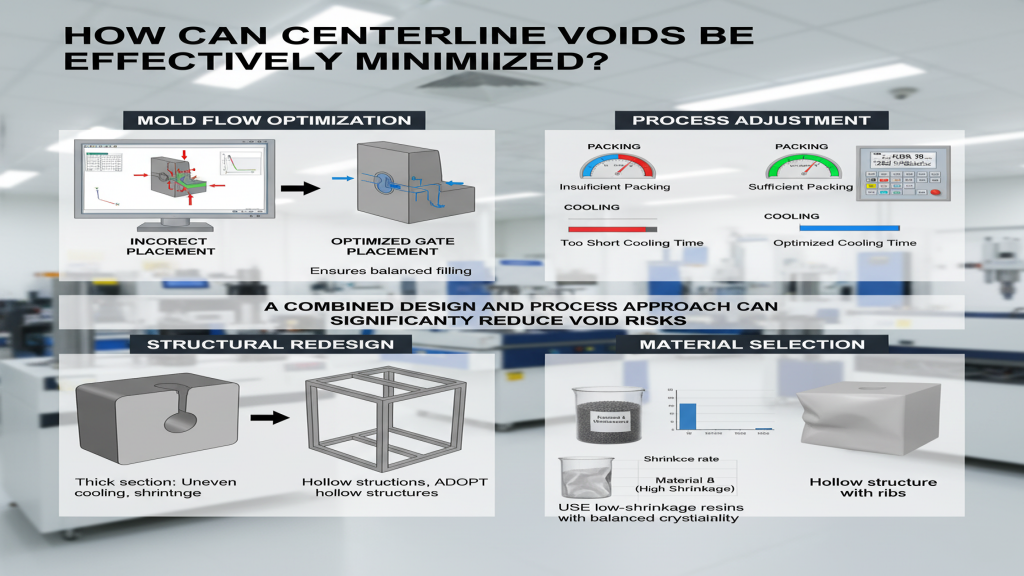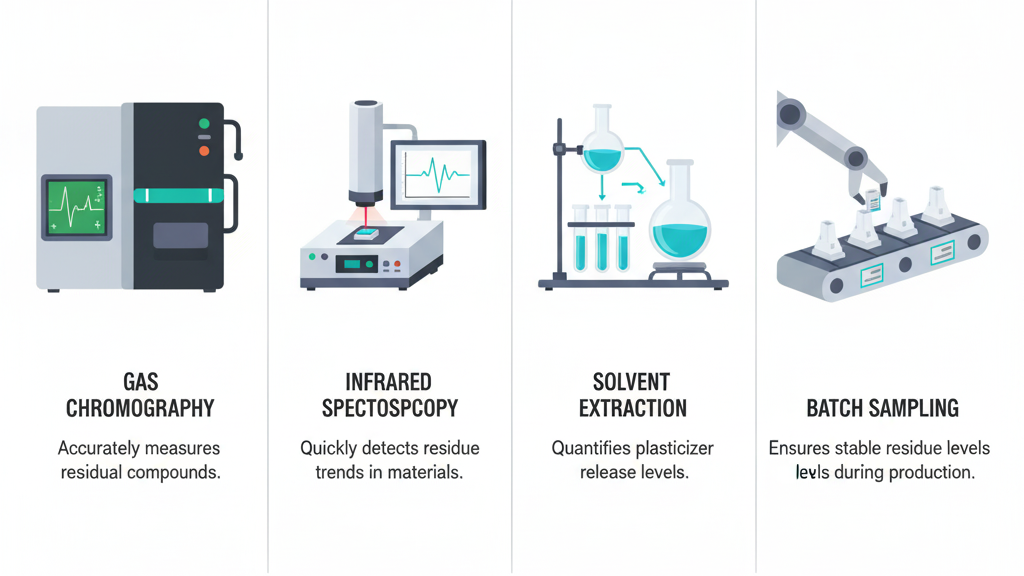
Delrin, a high-crystalline POM material, is widely used in precision component production due to its dimensional stability and friction resistance. Different viscosity grades exhibit distinct flow and cooling behaviors, directly affecting mold filling efficiency. High-viscosity grades are better for parts requiring mechanical strength, while low-viscosity grades suit intricate, fine cavities.
To balance molding efficiency and product performance, viscosity-specific processing adjustments are essential. By optimizing process parameters and machine response, manufacturers can improve yield rates and mold longevity. Matching viscosity with the right process is key to boosting Delrin product competitiveness.
How to select mold parameters for different Delrin viscosities?

Viscosity variation in Delrin affects mold filling pressure, cooling shrinkage, and demolding performance. High-viscosity Delrin requires higher injection speed and longer holding pressure to ensure cavity fill. Cooling channels and vent design must accommodate thermal behavior to prevent excessive internal stress.
- Mold Temperature Control Optimization: Precise thermal management for high-viscosity materials.
- Vent Slot Design: Prevents air traps in high-resistance areas.
- Cooling Circuit Design: Enables balanced cooling across complex zones.
- Insert Fit Structure: Enhances demolding efficiency.
How can temperature control improve flowability for various Delrin viscosities?

Delrin’s crystallization rate is highly sensitive to temperature, especially for high-viscosity grades that may short-shot or generate stress if inadequately heated. Adjusting barrel and cavity temperatures per flow level is crucial. Dynamic temperature control systems significantly improve flow uniformity and dimensional stability.
- Barrel Zone Heating: Matches flow behavior with zone heating.
- Mold Cavity Heat Strategy: Minimizes sink marks from rapid cooling.
- Screw Shear Heat Tuning: Boosts flow in low-viscosity grades.
- Pre-Injection Temperature Balance: Prevents cold front voids.
How to fine-tune injection parameters for different viscosity grades?

Delrin of different viscosities demands specific injection speed, holding time, and back pressure settings, particularly in parts with varying wall thickness. Controlling shot rhythm and transfer points enhances product density and dimension consistency.
- Holding Time Optimization: Reduces residual stress and warpage.
- Segmented Injection Speed: Ensures complex channel filling.
- Back Pressure Regulation: Avoids excessive shear degradation.
- Sensor-Based Real-Time Feedback: Improves grade adaptability.
Comparison of Injection Properties for Delrin Grades
| Item | High Viscosity | Medium Viscosity | Low Viscosity | Modified Delrin |
|---|---|---|---|---|
| Flowability | Low | Moderate | High | High |
| Temp Range | Narrow | Moderate | Wide | Moderate |
| Holding Demand | High | Moderate | Low | Moderate |
| Stress Sensitivity | High | Moderate | Low | High |
| Demolding | Difficult | Moderate | Easy | Moderate |
| Surface Finish | Moderate | High | High | Moderate |
| Application Type | Structural | General Use | Microfeatures | Sliding Parts |
How smart molding systems assist in viscosity adaptation
Smart control systems have become essential in Delrin molding, particularly when handling various viscosity levels. Features like auto-parameter tuning and in-mold sensors enhance consistency. AI-powered historical data analysis enables predictive modeling for viscosity calibration.
1.Smart Resin Temp Tracking: Predicts multi-zone viscosity behavior.
2.Closed-Loop Injection System: Speeds up process adjustments.
3.Grade Recognition Switching: Adapts between batches seamlessly.
4.Cloud-Based Parameter Learning: Shares optimal molding strategies.
Conclusion
Optimizing Delrin molding for varying viscosities goes beyond material specs—machine responsiveness and flexible process tuning are crucial. Viscosity influences every stage of molding, from fill to ejection and part finish. Smart and data-driven systems are the key to efficient multi-viscosity injection success.
For expert assistance in implementing for your production needs, visit our resource center or contact us. Let’s help you scale up your manufacturing with precision and efficiency!

